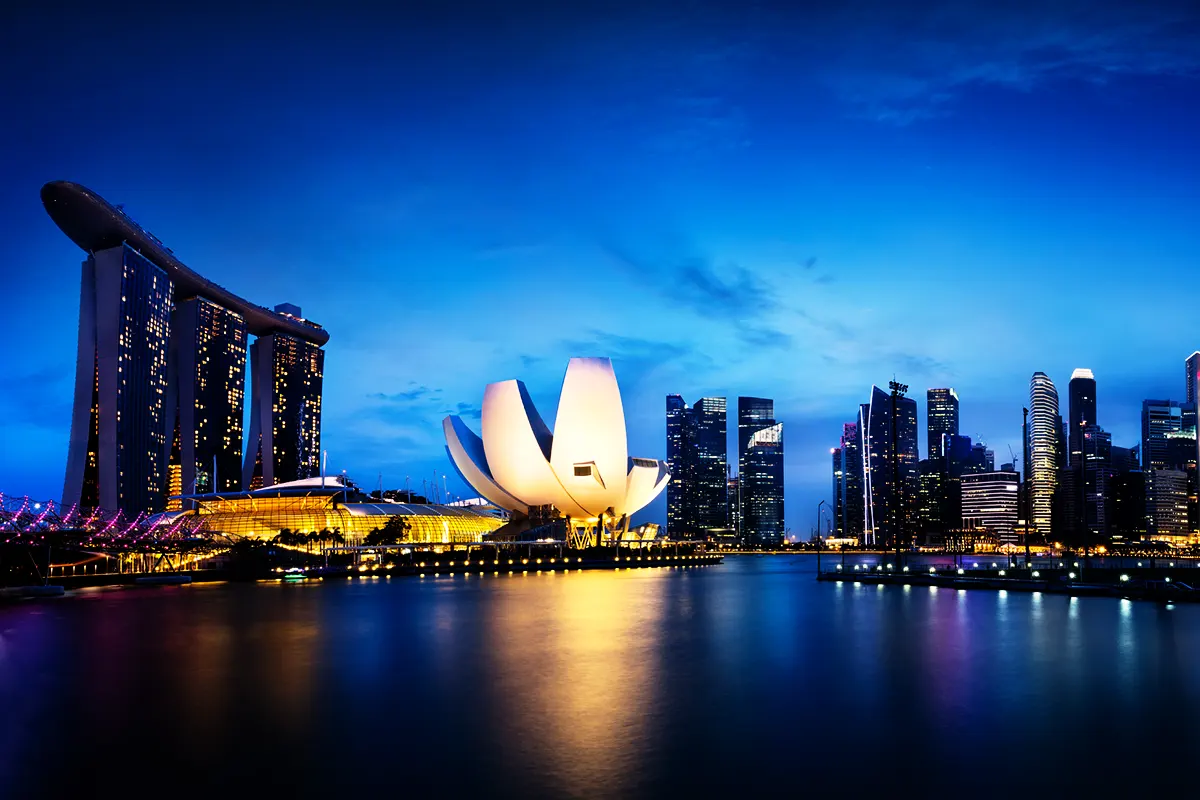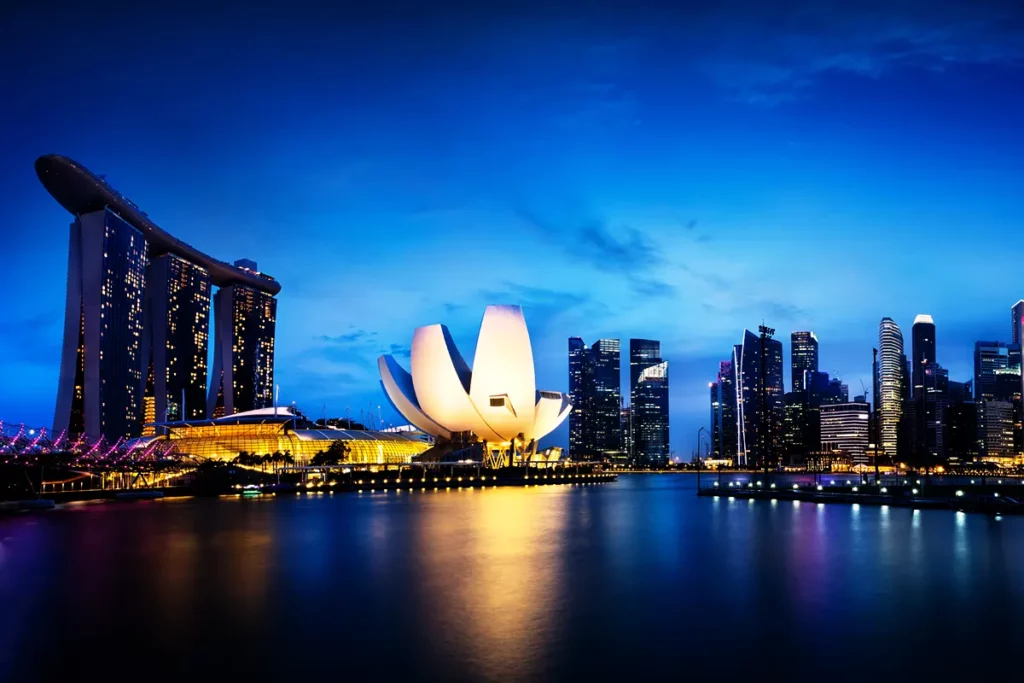
Do you know how many official languages Singapore has? What about the name of the creole used by many different Singaporeans? Learn more about the multilingual wonders of Singapore today by reading our latest blog post!
Languages spoken in Singapore
Singapore, which is an independent island country and formerly part of Malaysia, is home to a multi-ethnic society and lots of different languages. This diversity is likely a result of its importance as a regional commercial and trading hub. We’ve listed some of the 31 most popular languages spoken in the country below, along with the estimated number of users (all figures taken from Ethnologue).
| Language | Users in Singapore |
|---|---|
| Mandarin Chinese | 2,840,000 |
| English | 2,355,000 |
| Hokkien Chinese | 625,000 |
| Standard Malay | 602,000 |
| Hakka Chinese | 233,000 |
| Yue Chinese | 227,000 |
| Tamil | 186,000 |
| Tagalog | 155,000 |
| Bengali | 150,000 |
| Indonesian | 118,000 |
| Min Dong Chinese | 56,000 |
| Hindi | 50,000 |
| Javanese | 35,500 |
| Pu-Xian Chinese | 27,000 |
| Malayalam | 26,300 |
| Kannada | 22,000 |
| Korean | 21,400 |
| Min Bei Chinese | 18,000 |
| Egyptian Arabic | 11,000 |
| Bugis | 11,000 |
| Musi | 11,000 |
| Baba Malay | 10,000 |
| Singapore Sign Language | 6,000 |
| Eastern Punjabi | 5,670 |
| Thai | 5,650 |
| Japanese | 4,940 |
| Gujarati | 4,120 |
| Sindhi | 3,970 |
| Sinhala | 3,140 |
| Urdu | 3,000 |
| Orang Seletar | 1,200 |
| Madura | 900 |
| Telugu | 800 |
What are the official languages of Singapore?
Singapore has four official languages: English, Standard Malay, Tamil, and Mandarin Chinese.
Generally, English is used as the lingua franca between Singaporeans of different races. English has a history of use in the country after being used as Singapore’s administrative language when it was a UK colony over sixty years ago. After independence, the Singapore government then kept English as a main language because they thought it was useful for international trade. In line with this, the government also continued to use English as a language of instruction in Singapore’s schools.
Malay was chosen to represent the Malay community as, historically, Singapore’s population was mostly ethnically Malay.
Tamil represents the largest Indian ethnic group in Singapore. It is also a language which has historically been used as a language of education in Malaysia and Singapore.
Mandarin Chinese is a language that has gained status more recently; Hokkien Chinese was in fact more widely spoken before Mandarin Chinese spread. Part of this increase in status is down to the introduction of Chinese-medium schools in Singapore.
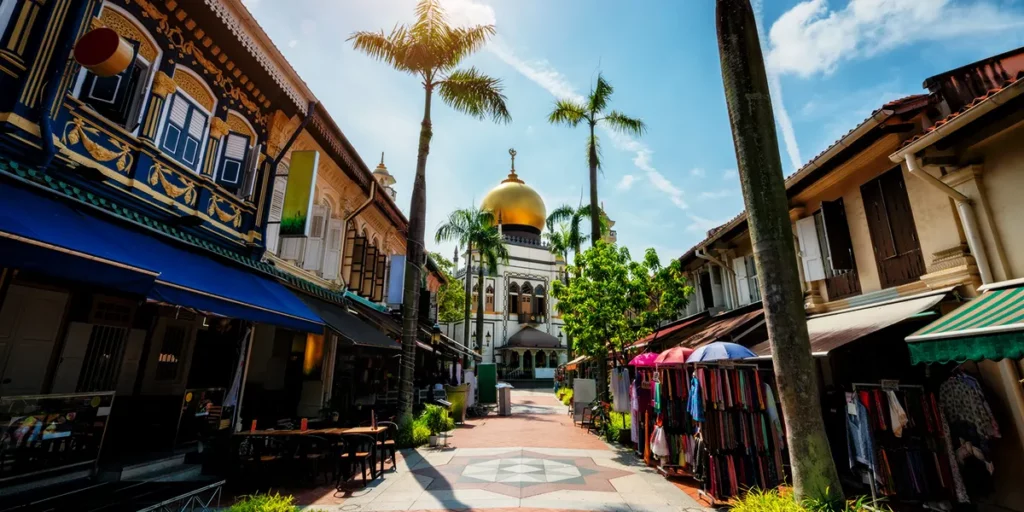
Malay
Malay is an Austronesian language spoken by around 290 million people across Maritime Southeast Asia. As well as being an official language of Singapore, where it is spoken by over 600,000 people, it is also an official language of Brunei, Indonesia, and Malaysia. In Singapore, it is called Bahasa Melayu (Malay language).
Usually, Malay is written using the Latin script, but an Arabic script exists that can be used to write Malay as well. This script is known as Arab Melayu or Jawi and is co-official in Brunei, though even there, people more often use the Latin script.
Malay is also what is known as an agglutinative language. This means that new words are formed via a process called agglutination – different morphemes (the smallest meaningful part of a word) are strung together to create new words. An example of this in English might be a word like ‘unwholesomeness’, which is made up of the individual morphemes ‘un’, ‘whole’, ‘some’, and ‘ness’.
In Malay, there are three ways to form new words: affixes can be attached to a root word, compound words can be formed, or words or portions of words can be repeated.

Tamil
Tamil is a Dravidian language spoken natively by the Tamil people of South Asia. As well as being an official language of Singapore, it is also an official language of the Indian state of Tamil Nadu, the Indian Union territory of Puducherry, and the nation of Sri Lanka. One of the 22 Scheduled Languages in the Constitution of India, Tamil was the first to be named a classical language of the country.
The Tamil script is used to write Tamil. It is thought to have evolved from the original Brahmi script and has been in use since around 400 CE. The Tamil script consists of 31 individual letters and is written from left to right.
According to the 2010 census, 9.2% of the population of Singapore were of Indian origins, and approximately 36.7% of this group spoke Tamil most frequently as their home language. This was a change from 2000, where Tamil-speaking homes comprised 42.9%. Still, some of this might be explained away by the increase of ‘other’ languages Indian Singaporeans speak – this is up to 13.8% in 2010 from 9.7% in 2005.

Singaporean Mandarin
Singaporean Mandarin is a variety of Mandarin Chinese, which can be classified into two distinct Mandarin dialects.
The first of these is Standard Singaporean Mandarin, which is used on more formal occasions in Singapore and can be heard on TV or the radio. It is the form taught in all Singapore government schools.
The second is Colloquial Singaporean Mandarin, which is also known as Singdarin. This is the form used by the general public in informal situations.
Both forms of Singaporean Mandarin use unique loanwords from other Chinese varieties, like Hokkien, as well as from Singapore’s other official languages. As well, a lack of contact between Singapore and China from 1949 to 1979 meant that speakers of Singaporean Mandarin had to create their own words to fit their local context. They also borrowed words from Taiwanese Mandarin and other Chinese varieties spoken in Singapore.
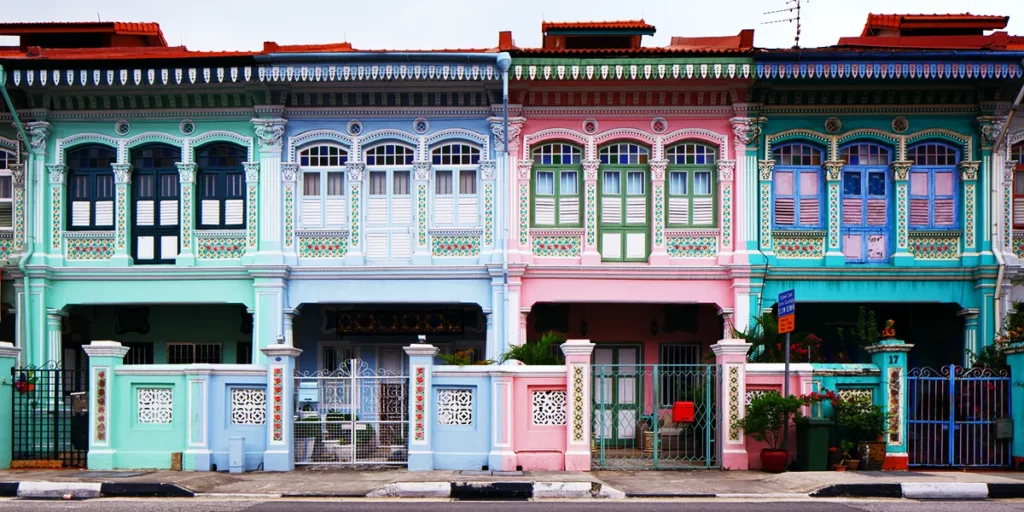
Other languages spoken in Singapore
Singlish
Singlish is an English-based creole language spoken in Singapore. It came into being because of prolonged language contact between speakers of many different languages in Singapore, including Hokkien, Malay, Teochew (a Chaoshan Min dialect closely related to some varieties of Hokkien), Cantonese, and Tamil.
When the British established English-medium education in Singapore during Singapore’s past as a UK colony, elements of the language quickly filtered out of schools and onto the streets. This resulted in the development of a pidgin language, which was used by non-native speakers as a lingua franca, as there were and are so many different languages spoken in Singapore.
Eventually, Singlish became a fully formed, stabilised, and independent creole language. It has a robust vocabulary and more complex grammar than the pidgin it developed from.
Singlish is generally used at home or in informal settings, but in more recent years, it has started to be used on TV and radio. It may also be used in classrooms – usually among pupils, who code-switch between Singlish and Singaporean English – and in the workplace.
The Singaporean government has run several Speak Good English campaigns to try and promote the idea of improving the English skills of the Singaporean population. In 2000, the goal was to eradicate Singlish, but in more recent years, Singlish has been accepted as a language that can be used informally.
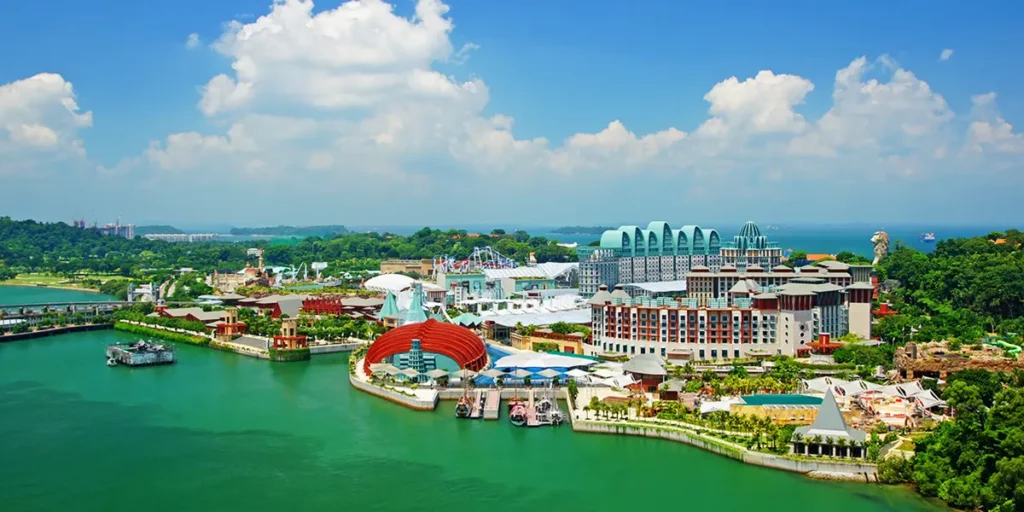
Hokkien
Hokkien is a variety of Chinese; it is a Southern Min language that is native to and originates from the Minnan region of China.
In Maritime Southeast Asia, Hokkien has historically served as a lingua franca among overseas Chinese communities who all spoke different languages and were of different ethnicities. Even today, it remains the most spoken variety of Chinese in the region, including in Singapore, Malaysia, the Philippines, and Indonesia.
The variety of Hokkien spoken in Singapore is more mutually intelligible with the Tong’an, Xiamen, and Taiwanese varieties than other forms of Hokkien. It also tends to draw loanwords from Malay and English, as well as other Chinese varieties, much like the Hokkien spoken in parts of Malaysia.
Hokkien is still spoken in Singapore today, but not as widely as it once was. It is mostly restricted to the older generations.
What is the state of languages in Singapore?
Singapore is a country where many of the languages spoken are not indigenous to it, which means that its primary languages may still change over time due to changes in migration.
Many of these languages are still going strong, however, and even for those that are seeing declines, some efforts are being made to promote them. An example would be the 2014 Singapore Teochew Festival, which was an effort to promote Teochew culture and the language in the face of increased pressure on people to learn and speak Mandarin.
It will be interesting, too, to see how Singlish develops over time. It has increasingly become a marker of Singaporean national identity, though even if its usage becomes more widespread, it seems unlikely to oust Singaporean Standard English entirely.
What do you think about the languages of Singapore? Are there any you’d like to learn? You can learn the four official languages on the uTalk app, and even get an exclusive 40% off your next subscription if you subscribe now.
Happy language learning!
